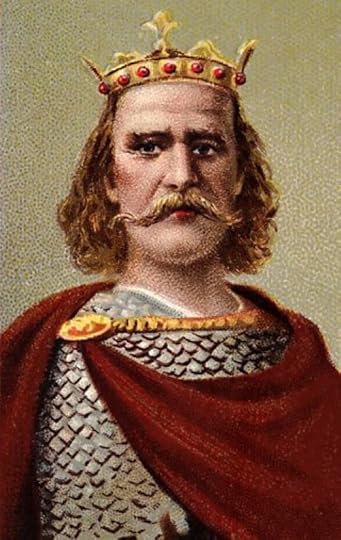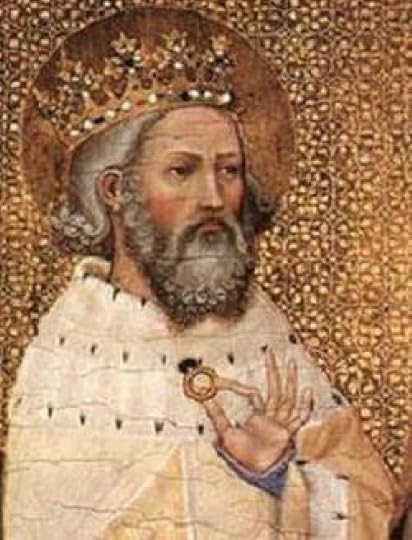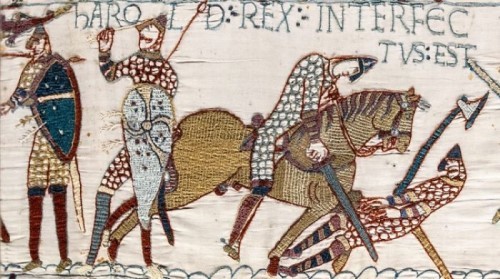What do you think?
Rate this book


464 pages, Hardcover
First published March 29, 2012




Another absolute banger from Marc Morris.
It kind of goes without saying that a lot happens in this book, and I do have to admit that all the new names were a little challenging in some of the early chapters. Thankfully there are a couple family trees to refer to at the beginning of the book. But The Norman Conquest is drama on a major scale, and who doesn't love a little drama? You have the Anglo-Saxons, the Danes that never really go away, an unruly and detached north, Normans that get lumped in to English affairs, issues of succession, the Scots and Welsh on the periphery, major battles, uprisings and rebellions.
Reading along, I was surprised to find myself about halfway through and already at the Battle of Hastings. I guess I figured that would've been what everything was leading up to - sort of the pinnacle of the book. But as hugely important as that battle was, apparently historians don't actually know very much about it in terms of details. And upon finishing the book, you see that the battle was a turning point; important in and of itself, but there is so much more that comes after. It's the end of one thing, and the beginning of something else.
With the Normans comes a new language, a new way of parceling out land, new building styles, an invigoration of religion. Some English lived improved lives or even prospered, but for many this was not the case. Holders of most of the land, and the leaders of church and government were largely Norman.
The story of the Conquest is told in Morris' usual way, which I only mean as a compliment. This is probably as accessible and readable as you can get in covering such a detailed topic. And his voice as a historian comes through, just as in all his other books: this isn't merely a collection of sources without any reflection. A pleasure to read from the first page to the last.